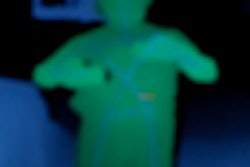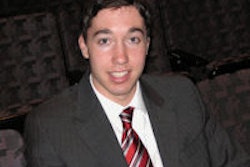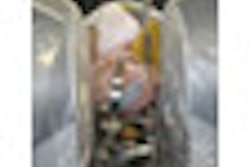Friday, November 30 | 10:30 a.m.-10:40 a.m. | SST01-01 | Room E450B
Needle localization guided by digital breast tomosynthesis (DBT) is an accurate procedure that could help clinicians find more malignancies, according to a study from Massachusetts General Hospital to be presented in this Friday scientific session.As DBT gains clinical momentum, the need for reliable ways to evaluate suspicious areas on tomosynthesis that have no correlate on other modalities increases, Dr. Phoebe Freer and colleagues said. Freer's group investigated the feasibility of tomosynthesis-guided needle localizations.
Screening and diagnostic clinical breast tomosynthesis began in March 2011 at Massachusetts General Hospital, according to Freer's team. If a suspicious architectural distortion was seen on tomosynthesis but missed on mammography and sonography, cases were reviewed by a group that included tomosynthesis-trained breast imaging specialists to decide whether to use tomosynthesis-guided localization for clinical care.
Of the 10 patients who had tomosynthesis-guided localization, eight exams agreed with histopathology results; five lesions were malignant, the group found. Although the sample was small, the study suggests that with experience, tomosynthesis-guided needle localization could be a viable way to sample suspicious areas detected by tomosynthesis but missed on mammography and sonography.




















